Pruning garden blueberries for beginners
Pruning garden blueberries is considered a mandatory procedure that has a positive effect on the yield of berry crops. In order not to harm the shrub, you need to know at what time and which shoots to remove. Pruning serves different purposes: it can be sanitary, shaping, thinning, rejuvenating. In the future, the plant needs careful care.
What does the pruning procedure give?
Low-growing varieties of garden blueberries were bred from wild populations by crossing. The resulting hybrids have many characteristics in common with the tall varieties. Adult specimens of undersized blueberries reach a height of 50-70 cm.
The peculiarity of the plants of this group is in their shoot formation. On the rhizomes of blueberries, underground buds are formed, giving life to new shoots, from which partial bushes (root shoots) develop later. This leads to the formation of dense thickets. This is why the species needs thinning pruning. Too dense plantings are poorly ventilated and can often get sick with fungal infections because of this.
In addition, plants need to be regularly rid of twisted, damaged and weak shoots, because the bush spends energy on their development, and the fruits get less juice. As a result, the berries are formed small, their taste deteriorates. Compared to tall varieties, low-growing bushes lose their productivity faster, so the variety needs more frequent rejuvenating pruning.
Correct timing
Blueberry pruning in spring, summer and fall for beginners is carried out taking into account the growing area. The timing of the exit of the bush from the dormant period and its preparation for the arrival of winter depend on the weather:
- In southern Russia, shoots are removed and shortened in early spring (mid-March), before the buds bloom. In the northern regions, the procedure is postponed until the end of April. In spring, it is easy to distinguish between young and old branches. All shoots on the ground will need to be removed.
- Summer blueberry pruning is applied as needed, for example, if many branches are broken due to strong gusts of wind. In summer, you can also thin out too dense bushes.
- In the fall, pruning is included in the list of standard procedures for preparing blueberries for winter. At this time of the year, old, sick ones are removed and too long branches are shortened, which will interfere with organizing the shelter of the bush. Pruning is carried out after leaf fall. In warm climates, blueberries can be pruned in early winter.
The waste remaining after the procedure is necessarily burned in the event that traces of rot or diseases were seen on the branches. Cut off healthy shoots are used to cover the beds for the winter or are laid in compost.
Types and purpose of trimming
With the help of pruning, you can influence the life processes of blueberries - set the direction of growth of shoots, remove unnecessary, diseased or old branches. The need for the procedure is determined by the age and condition of the shrub. Types of trimming:
- Sanitary. The procedure is carried out immediately after wintering, if necessary. Frozen, dry, affected shoots are cut from the bush. Remove unnecessary shoots and branches lying on the ground. The purpose of sanitary pruning is to improve the health of the bush and to restore the normal movement of juices as soon as possible.
- Formative. For this type of pruning, choose early spring or late autumn.On young seedlings in the year of planting, the buds are removed, preventing them from bearing fruit. Early harvests weaken plants and are not productive at the same time. In young plants with long branches and a small volume of the root system, the shoots are shortened by a third, this technique contributes to increased root growth. Strong and tall shoots of an adult plant are not cut off, they give more flower buds. You can shorten these branches next spring, then numerous lateral shoots will appear, contributing to obtaining a bountiful harvest.
- Thinning. An adult blueberry bush should have 10-15 branches. The strongest and healthiest shoots are left on the plant. If there are more branches, it is necessary to remove low-lying horizontal branches and growth directed into the crown. For thinning purposes, you can remove second-order shoots growing on fruiting branches.
- Anti-aging. To rejuvenate, once every 3 years, low-growing blueberries are cut onto a stump, shortening the stems as close to the soil surface as possible. A rejuvenating procedure is performed in early spring or before wintering. Extensive plantings are mowed with a special mower. With a small number of bushes, use a saw.
Before you start pruning in the spring, the bush is carefully examined. Removing dead shoots can be done with bare hands, the branches are dry and break easily. After that, branches are cut out in the middle of the bush, on which there is no growth or it is minimal. Removing these branches will stimulate the growth of zero shoots. During the spring procedure, branches that have not laid fruit buds, or those in which fruit buds are present only at the tip, are also disposed of.
In the fall, sanitary pruning is mandatory, removing diseased and damaged shoots. In winter, such branches will inevitably freeze out anyway. In addition, under cover, the infection will spread further and affect the entire bush. It is also better to get rid of two-year-old shoots, in which productivity drops sharply, in autumn. With the arrival of spring, blueberries will begin to actively branch.
Further care of blueberries
Removing and pruning branches is very stressful for plants. In order for the yield to remain high, the blueberry must fully recover and therefore receive proper care.
Slicing processing
The sections remaining after the removal of thick branches are treated with garden varnish or a special aerosol designed for similar purposes. Experts recommend processing a cut if its diameter exceeds 2 cm. First, the surface must dry out; you cannot gloss over wet sections.
Garden var is easy to prepare yourself from the available ingredients:
- 4 parts rosin;
- 2 parts wax;
- 1 part body fat.
First you need to melt the fat and then add other ingredients to it. The mixture is boiled over low heat for 30 minutes, stirring constantly. Store the finished composition in a closed container.
Disease prevention
After spring and autumn pruning, blueberries and the ground underneath are sprayed with urea solution or 1% Bordeaux mixture. The shoot removal procedure lowers the immunity of blueberries, which increases the risk of disease. The shrub can be affected by:
- phomopsis - the shoots begin to dry and the bush dies;
- physalosporosis - the disease manifests itself in the appearance of reddish convex spots;
- anthracnose - a common and dangerous fungal infection;
- powdery mildew - the leaves are covered with a white fluffy bloom.
Spraying is carried out using personal protective equipment. It is necessary to wear a respirator, goggles, closed clothing.
In the spring, the shrub can be additionally treated with a growth stimulant. Suitable: "Zircon", "Epin-Extra", "Gumistar", "Eco-gel", "Silk". This will not only enhance the formation of new shoots, but also strengthen the plant, making it less susceptible to disease.
Mulching
In the off-season, it is necessary to replace the used mulch with fresh materials, pathogenic microorganisms accumulate in the rotten litter. The mulching layer can be removed not completely, but partially by replacing the damaged areas. Sawdust and chips from coniferous trees are most suitable as mulch for blueberries.
By decomposing, organic matter will supply the plant with nutrients, further protecting the soil from drying out and helping to maintain the desired pH level. The root system of blueberries is located at the very surface of the soil, therefore the level of moisture and acidity of the upper soil layer are of considerable importance for the culture.
Pruning helps maintain blueberry productivity and health. The procedure must be carried out during the period of biological dormancy of the bush. Blueberries require regular pruning. It is necessary to clean and thin out the bushes at least once a year. The anti-aging procedure is carried out as needed.
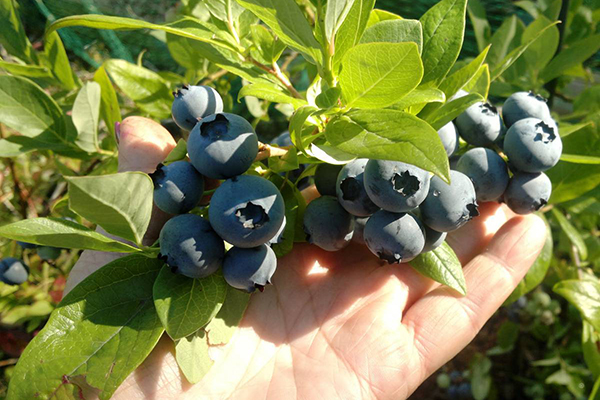
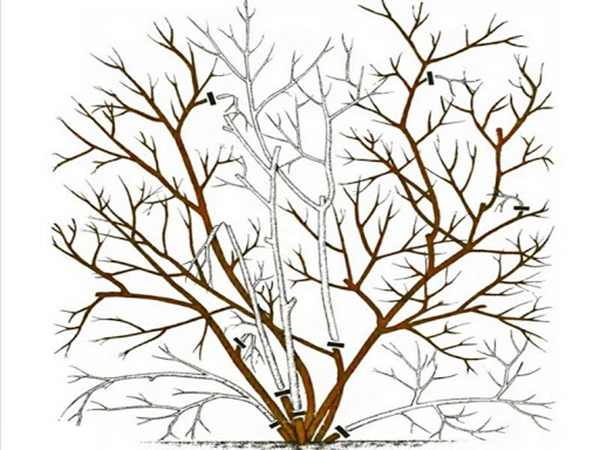
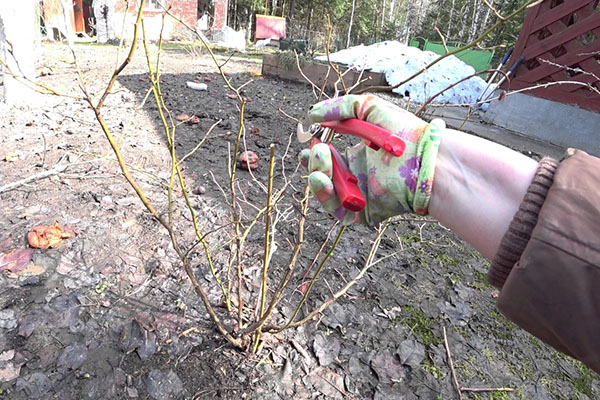
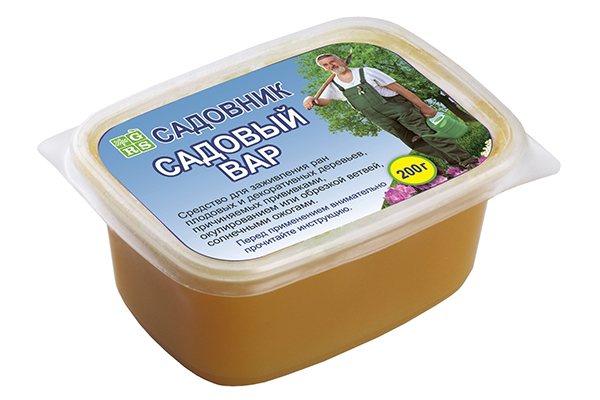
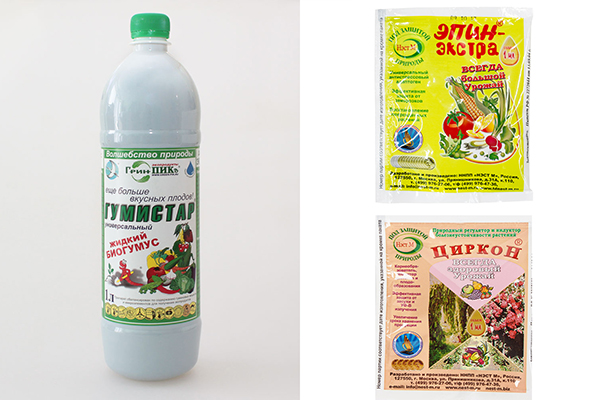

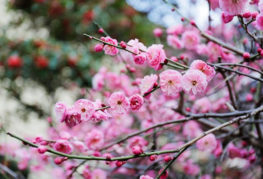
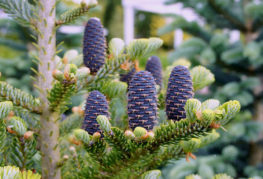
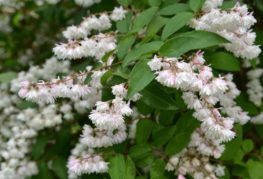
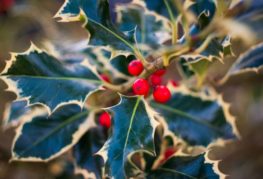

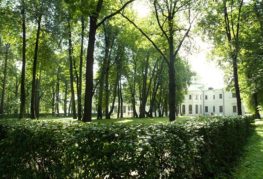
and will be published shortly.